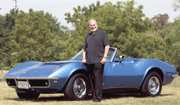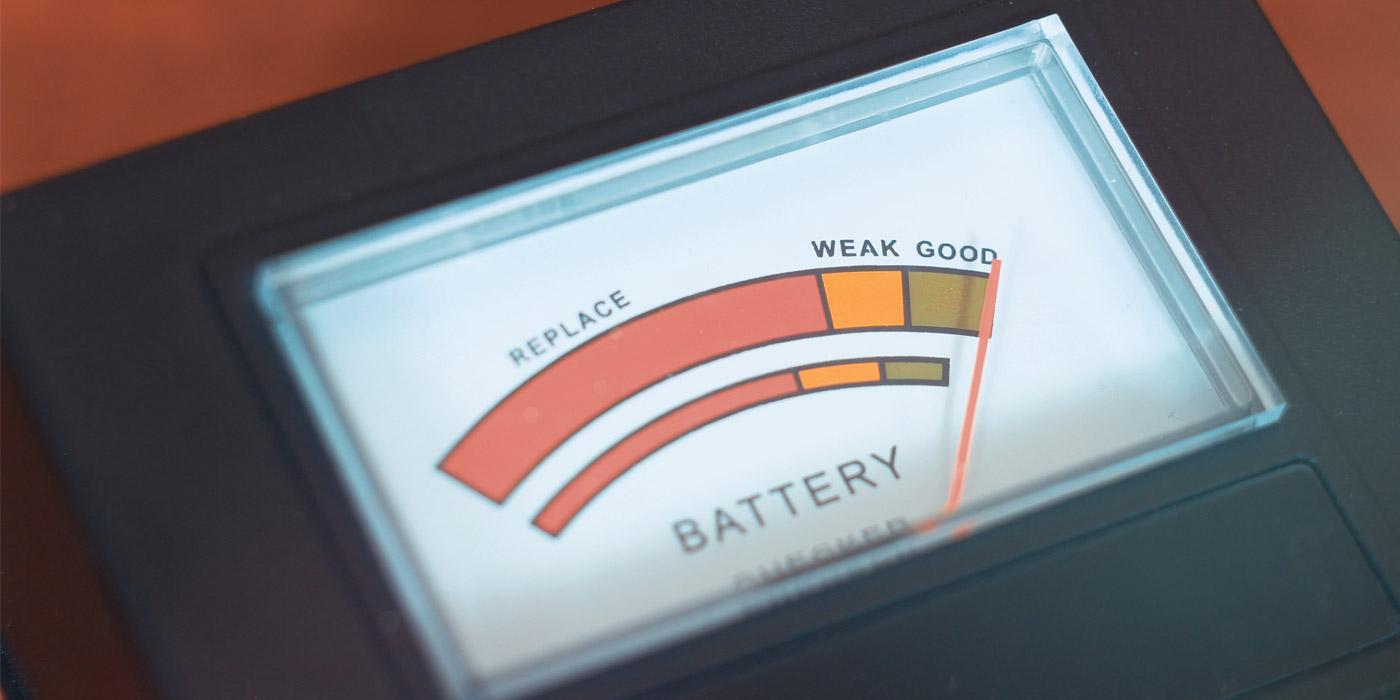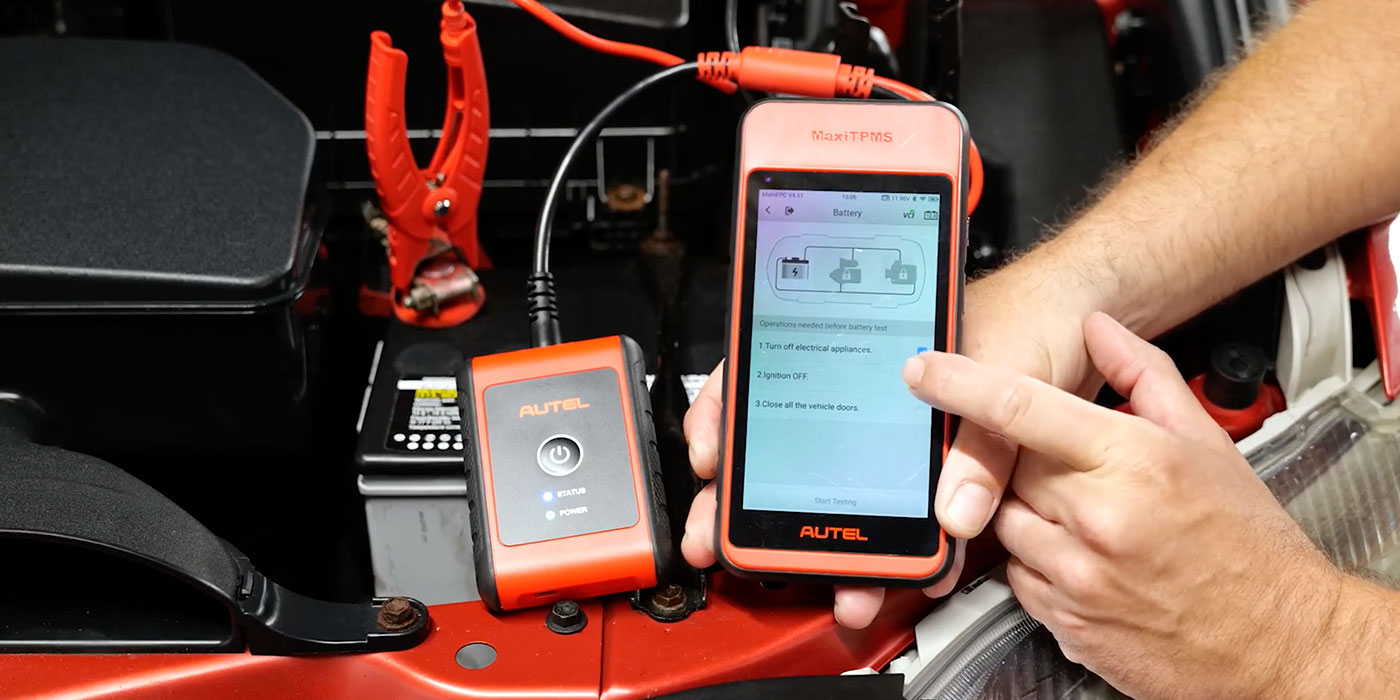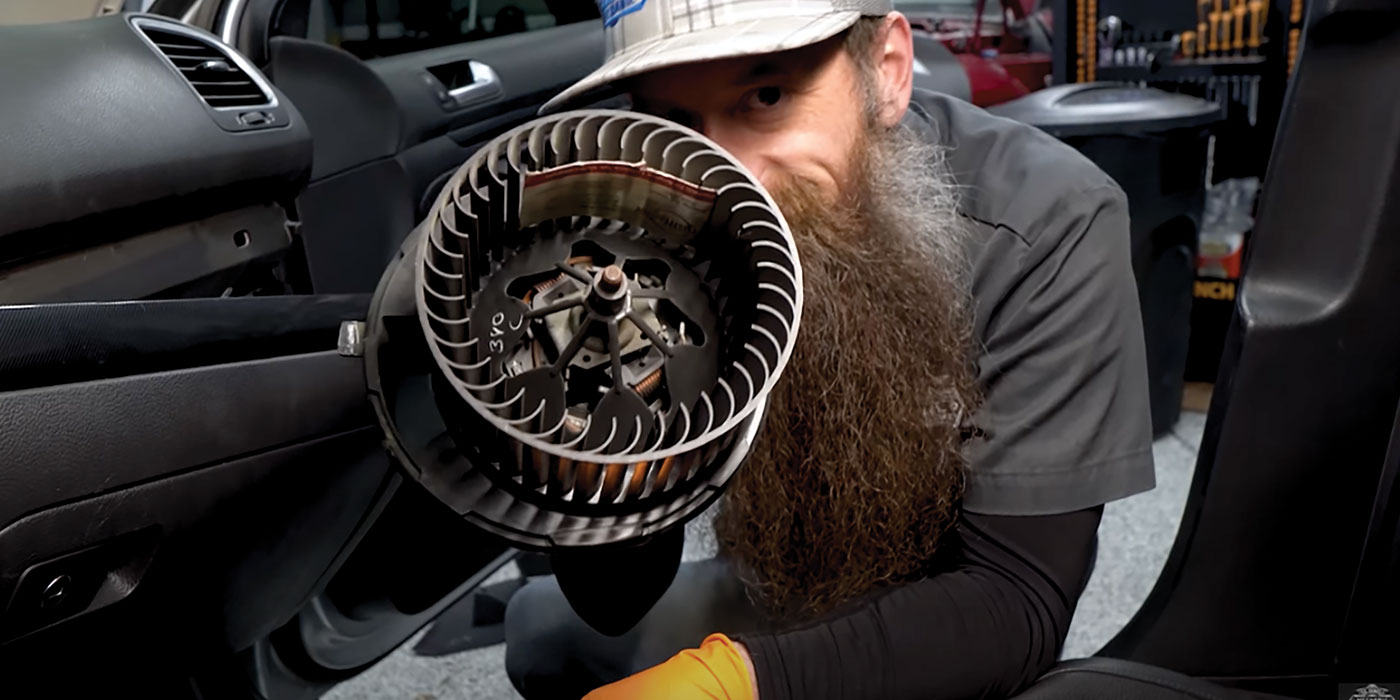One of the more common complaints these days from jobbers and retailers when dealing with electronic powertrain control modules (ECMs/PCMs) is the relatively high number of defective returns, exchanges or warranty claims demanded by repair shops. Yet, of all electronic parts that come back defective, ECMs tend to be the ones most often misdiagnosed. This doesn’t come as much of a surprise when one considers the level of complexity of modern ECMs, as well as the specialized equipment and level of expertise required to diagnose them.
Two ECM functions that are responsible for a disproportionately higher rate of ECM misdiagnosis are the vehicle theft deterrent system (VTD) and the computer-controlled charging system. When a new ECM is installed in a vehicle and the result is a no-start, don’t be too quick to blame the new ECM when you know the old one started the vehicle.
The same happens when an ECM is installed in a vehicle to cure a charging system problem, only to find out that the alternator still doesn’t provide a proper charge current. Reducing these unnecessary returns and warranties requires an understanding of how the VTD and alternator circuits work.
OE Vehicle Theft Deterrent Systems
A large percentage of vehicles manufactured over the last five years are equipped with OE anti-theft or engine immobilizer systems. VTD systems first became mainstream on some of the higher-end cars sold in the mid-1980s. Today, adding electronic content to a vehicle is relatively cheap, so it makes sense for OEs to add VTD systems to as many models as they can. While each manufacturer has its own method for implementing VTD, many of the systems share one common feature, and that is to execute an engine immobilization function when the system detects an unauthorized start up of the vehicle.
Engine immobilization is usually achieved through cutting fuel injection operation, or not allowing starter motor activation. When a new ECM is installed in a vehicle equipped with VTD, an anti-theft relearn procedure must be performed. Some manufacturers, like General Motors, provide a procedure that allows anyone to perform the anti-theft relearn procedure. In GM’s case, it’s an ignition key sequence that takes approximately 30 minutes to perform. The same can be accomplished with GM’s factory scan tool, the Tech II, in a fraction of the time.
Other manufacturers, such as Ford, require that you use the factory scan tool only. No manual on-car procedure is available. The only exception to this rule is that of the J2534 programmer. If a J2534 programmer is used to extract the VTD key info, this can then be transferred to the replacement unit.
Chrysler, on the other hand, is somewhere in the middle. Most Chrysler products automatically learn the VTD info upon initial ignition key on following ECM replacement. These systems require no work on the technician’s part for relearn. Some Chrysler vehicles are equipped with Chrysler’s “SKIM” anti-theft systems that utilize a special transponder key to start the car. These systems require Chrysler’s factory scan tool to perform the VTD relearn function.
Taking Control
In any case, it is the technician’s responsibility to determine which type of VTD system (if any) a vehicle is equipped with and to take the appropriate repair actions. Just as you must know whether a vehicle has disc or drum brakes before ordering brake linings, you must also be aware of whether or not the vehicle is equipped with a VTD system. If you ask for an exchange, warranty or defective return on an ECM that isn’t allowing the vehicle to run, determine why the vehicle doesn’t run. If it’s that the fuel is cutting out, see if the vehicle has good spark output. Most engine immobilizers cut fuel supply only. They don’t typically cut spark. Therefore, if the vehicle has no fuel but does have good spark, you may have overlooked an anti-theft relearn procedure. The same applies to a complaint of no starter motor operation.
Computer-Controlled Alternators
Like VTD systems, computer-controlled alternators come in more than one flavor. GM and Ford use internal voltage regulators that may be commanded by the ECM, while Chrysler uses an external voltage regulator contained completely within the ECM. Generally, Ford vehicles are straightforward and few mix ups ever occur.
GM, however, may use the same alternator housing for both computer-controlled and non-computer-controlled alternators on many of its vehicles with similar connectors. This may present some problems for some mid- to late-1990s models. During that time, many GM models went to computer-controlled alternators. In the aftermarket, some alternator part numbers are listed that don’t contain a regulator compatible with computer control. If the wrong alternator is installed in the vehicle (it may fit perfectly), the ECM or BCM may generate charging system trouble codes, and the alternator may not charge properly. If you experience these problems, double check the part number and call your supplier for tech support, if necessary, to determine the proper part number for the application. The part supplier can verify whether or not the internal regulator of a certain part number is compatible with a computer-controlled system.
Chrysler vehicles, on the other hand, have been equipped with computer-controlled alternators for more than two decades now with the exception of only a few models. Chrysler ECMs contain an internal voltage regulator that varies alternator field current by varying the pulse width of the alternator field negative circuit. By applying a higher duty cycle to ground on the field negative terminal, the ECM can increase the alternator rate of charge. A lower duty cycle does the opposite, decreasing the alternator rate of charge. If you install a new ECM and the vehicle experiences the same symptoms as before, there may be other problems in the vehicle. An overcharging condition may be the result of a field negative wire being shorted to ground, or a short in the alternator field ground internally to the housing. A no-charge condition may be the result of a faulty connector, an open in the field positive or negative wires, or a blown fuse.
Understanding these systems can help give you an edge when dealing with jobbers and retailers who complain that your techs are returning too much merchandise that isn’t actually defective. Checking into the vehicles’ ECM-controlled systems noted above may help keep unnecessary returns from leaving your shop. And, not only will it help your customers get their vehicles back out on the road sooner and more cost effectively, but it also will make for better business relations when dealing with your parts suppliers.
For more on where technicians source engine management controls, view the chart on page 12. San Antonio — Aftermarket Auto Parts Alliance (Alliance), flying under the flags of Auto Value and Bumper to Bumper, opens the doors to the new home of Alliance Parts Warehouse (APW), a member-owned warehouse distribution company.
Ground-breaking ceremonies took place in May, and on Jan. 18, 2007, the move to the new address — a 21-acre parcel of land in North Little Rock, AR — began. With its new 130,000-square-foot facility, APW is well situated to provide products and services exclusively for the shareholders of Alliance. The new warehouse has a custom-designed material handling system to improve the overall product flow efficiency throughout the facility and providing worker ergonomics and safety.
Recon Hosts International Engine Rebuilders On Study Tour
Philadelphia — Recon Automotive Remanufacturers, Inc., recently hosted a group of engine rebuilders from Germany who were on a study tour of the engine remanufacturing industry here in the United States. Sponsored by Mahle of Germany, Mahle’s distributor Hans Hess Autoteile and the Automotive Engine Rebuilders Association (AERA), the tour was designed to communicate some of the unique features of the engine rebuilding industry in the U.S.
Bill Sterback, Recon’s vice president of manufacturing, conducted a plant tour as part of Recon’s information-sharing. AERA President John Goodman flew to Philadelphia for a special presentation for the Recon guests.
The visitors were particularly interested in the effect of computer controls on the engine rebuilding industry; the industry’s relationship with vehicle manufacturers; automotive machining and measuring processes; marketing of remanufactured engines in the U.S; and technical information databases.
In addition to the visit to Recon, the visitors also stopped at two locations in New York and one in New Jersey.
We’re All Getting a Little Older
Southfield, MI — According to the vehicle population report released last week by R. L. Polk & Co., the median age of passenger cars in operation increased to 9.2 years in 2006, a record high.
For trucks, the median age increased slightly from 6.8 years in 2005 to 6.9 years in 2006. Specifically, light truck median age increased by 3% to 6.8 years, the largest increase across the major vehicle categories.
Polk’s vehicle population report data is compiled following an in-depth analysis of more than 230 million vehicles.
According to the report, the median age of trucks continues to be lower than cars, due in part to the increased variety of light trucks and SUVs available in the market over the last five years. The increase in median age for light trucks in 2006 suggests light truck owners are driving their vehicles longer before considering or switching to a car. Light trucks are anticipated to continue making up a larger percentage of the vehicle population.” For more information, visit www.polk.com.
Stolen 1968 Corvette Returned 37 Years Later!
Three months after buying a brand new blue Corvette for $6,000 in 1968, Alan Poster’s ’Vette was stolen from a parking garage in Manhattan.
 Unable to afford car insurance at the time, Poster thought he had lost his prized possession forever. In January 2006, however, U.S. Customs found the car in Long Beach, CA, after authorities flagged it as stolen. Soon after, with the help of the California Highway Patrol, the Customs Service and the New York City Police Department, the car was returned to Poster. “This is definitely a miracle,” said Poster. “In speaking to the police, the odds of them finding me were a million to one.”
Unable to afford car insurance at the time, Poster thought he had lost his prized possession forever. In January 2006, however, U.S. Customs found the car in Long Beach, CA, after authorities flagged it as stolen. Soon after, with the help of the California Highway Patrol, the Customs Service and the New York City Police Department, the car was returned to Poster. “This is definitely a miracle,” said Poster. “In speaking to the police, the odds of them finding me were a million to one.”
Corvette America, a manufacturer and seller of aftermarket Corvette parts, accessories and interiors, is featuring Alan Poster and his recently Corvette America-refurbished 1968 Corvette in its nationwide “Generation” advertising campaign. With $15,000 in donated parts from Corvette America, the car, now dubbed “Reunion Blues” by Poster, and its story are making headlines once again.
“Alan Poster has an amazing Corvette story,” said David Hall, president of Corvette America. “Almost four decades after his Corvette was stolen, it was miraculously recovered and returned to Alan, and we were able to help him refurbish it to its close-to-original condition.”
On August 25, 2006, Poster unveiled his fully restored car during Corvettes at Carlisle. He is planning to use his now famous car to promote worthy causes. To view a video clip of the refurbishment process, visit www.corvetteamerica.com/clubs.







